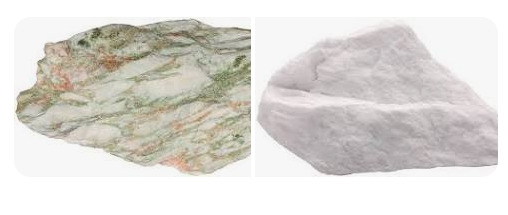
About Robert Burns Statue
Unveiled in 1882 and restored in 2005, this statue of Robert Burns was commissioned by Dumfries town council in 1877. It was sculpted by Amelia Paton Hill and carved in Carrara marble and includes a dog at his feet. It stands on a sandstone plinth, on either side of the plinth there are marble plaques
In order to log a find against this EarthCache, you will need to visit GZ and make some observations and then answer some questions and send answers to me via my Geocaching profile or through the Messenger Centre.
1) Describe any similarities or differences between the marble statue and the marble plaques - What colours can you see?
2) There are obvious bands of impurities - what colour are they?
3) What mineral do you think made the impurities appear this colour?
4) Why do you think marble was used for this statue?
5) Where does marble rate on the Mohs hardness scale
We always like to see photographs of you and/or your GPS device at gz, plus this also provides additional proof of your visit, so please include one with your log.
Marble
Marble is a rock resulting from metamorphism of sedimentary carbonate rocks, most commonly limestone or dolomite. Metamorphism causes variable recrystallization of the original carbonate mineral grains. The resulting marble rock is typically composed of an interlocking mosaic of carbonate crystals.
Pure white marble is the result of metamorphism of a very pure limestone or dolomite protolith. The characteristic swirls and veins of many colored marble varieties, sometimes called striations, are usually due to various mineral impurities which were originally present as grains or layers in the limestone. Green coloration is often due to serpentine resulting from originally magnesium-rich limestone or dolomite with silica impurities, the presence of iron oxides may produce shades ranging from red to orange, other minerals can cause the colours below.
Iron Oxide - Red or Orange
Iron and Feldspar - Pink or Red
Serpentine - Green
Chlorite - Green
Graphite - Black/Grey
Muscovite - Specks of silver
Biotite - Specks of black

Compare the to two photos above, marble on the left has green and orange impurtities formed during metamorphism. The marble on the right has no impuritues..
Composed mainly of calcite, marble has a hardness of three on the Mohs hardness scale. This makes marble easy to carve, making it useful for producing sculptures and ornamental objects. The appearance of marble makes it especially attractive for many types of monuments and sculptures.
